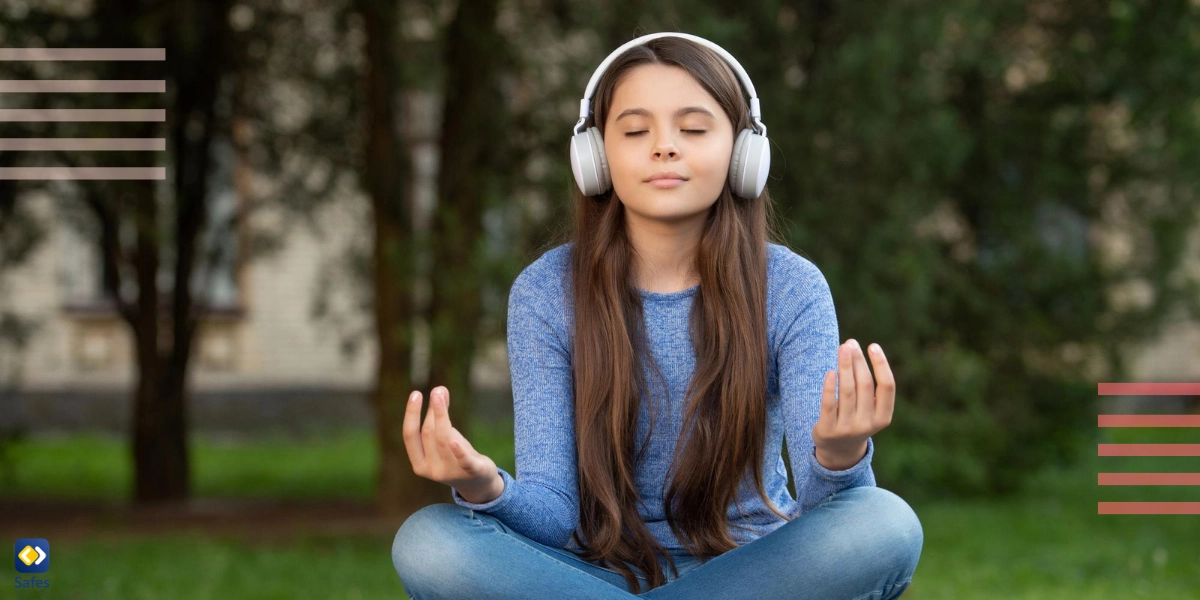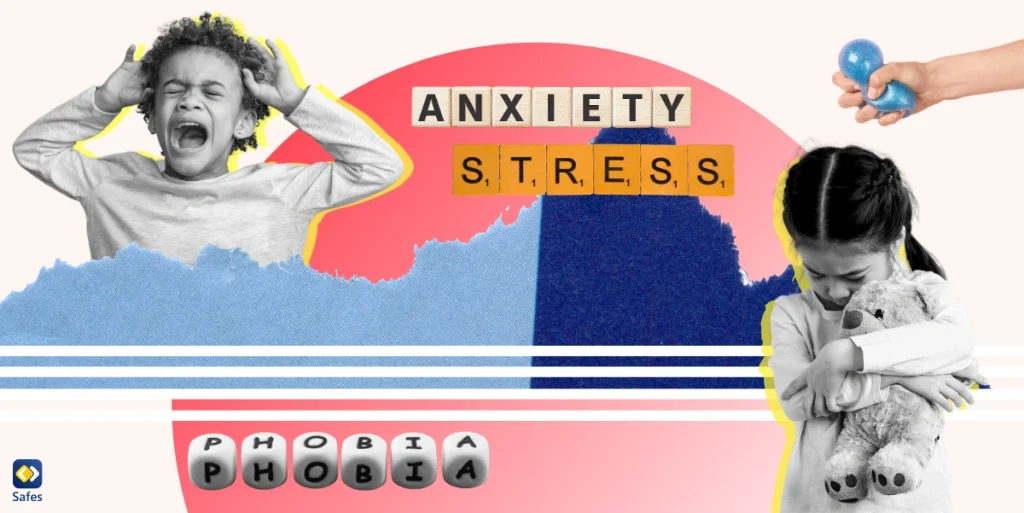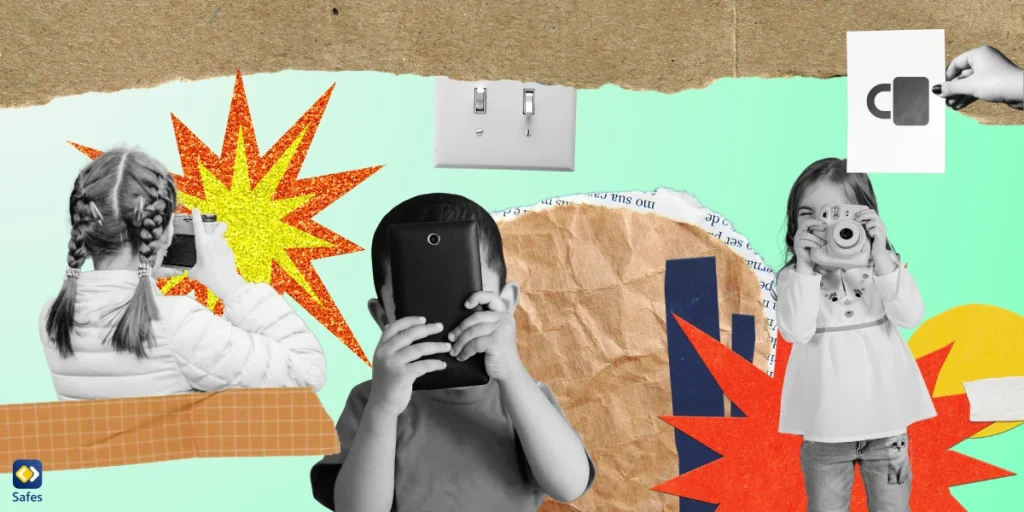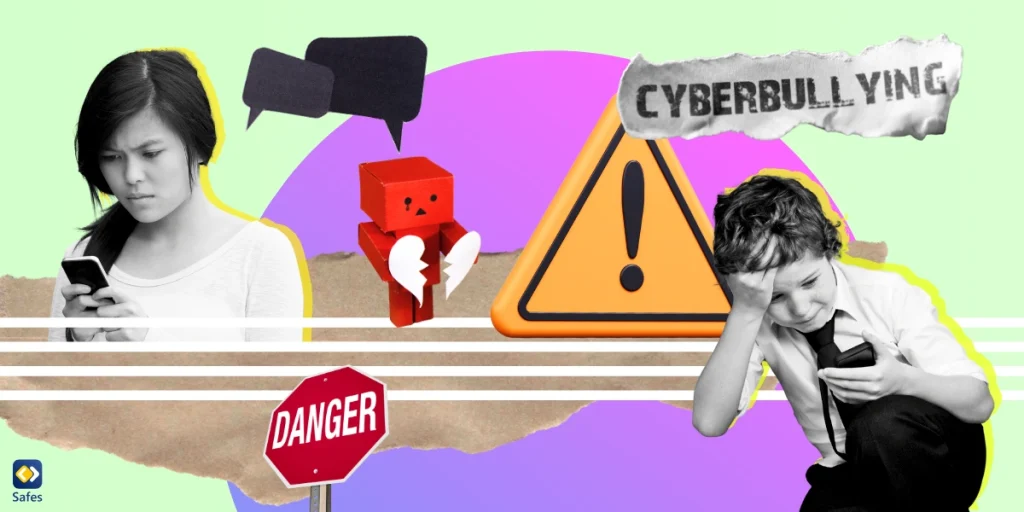Experiencing panic attacks can be a perplexing and unsettling event for children as well as their caregivers. Recognizing the indications and symptoms is vital, as well as comprehending possible instigators and reasons and acquiring effective coping mechanisms and treatment methods. This article is designed to serve as a detailed guide to help understand and navigate panic attacks in children in a compassionate and understanding manner.
What Are Panic Attacks?
Panic attacks are sudden, intense episodes of fear and distress that can occur unexpectedly, often without apparent cause. They differ from typical childhood fears in their intensity and physical manifestations.
Panic attacks, unlike common fears that might trigger a bit of unease or anxiety, typically bring about intense physical reactions. These can include:
- A fast-beating heart
- Breathlessness
- Shaking
- Perspiration
- An overwhelming sense of dread looming around the corner
How Common Are Panic Attacks in Children?
Though panic attacks may strike at any stage of life, they’re usually rarer in young children, often making their appearance during adolescence. Nonetheless, even toddlers can display symptoms akin to panic when faced with extreme stress or trauma. The frequency of these episodes in children, however, remains uncertain. Still, studies suggest that approximately 1-3% of adolescents experience panic attacks or panic disorders.
Recognizing Panic Attacks in Children
Recognizing a panic attack in a youngster might be a tough task, particularly if the child is not old enough to express their emotions. Let’s explore some typical indicators and symptoms of panic attacks in children:
- Rapid heart rate
- Difficulty breathing or feeling like they’re choking
- Trembling or shaking
- Feeling terrified or excessively worried
- Fear of losing control or going crazy
- Feeling detached from themselves or their surroundings
- Chest pain or discomfort
- Nausea or stomach pain
- Dizziness or lightheadedness
- Sweating or hot flashes
- Fear of dying
Real-Life Scenarios
To better understand what a child might endure during a panic attack, consider these real-life situations:
Scenario 1: A 10-year-old often experiences panic attacks at night, stemming from their belief that someone or something might be hiding within the house. Despite these feelings, there is no evidence to substantiate their fears.
Scenario 2: A 15-year-old teenager feels overwhelmed by symptoms of panic attacks before a critical test. As he settles into his seat, an unexpected wave of fear engulfs him. He becomes convinced that he’s on the brink of fainting or losing his sanity.
Scenario 3: A 7-year-old child has panic attacks at night because of horrible nightmares. Though there seems to be a real danger or threat, they insist on their mother or father staying beside them so they can fall back asleep.
Scenario 4: A 2-year-old has panic attack symptoms when left in a room without anyone around them, although there is no apparent danger.
These examples illustrate how panic attacks can occur in different situations and manifest in various ways.

Triggers and Causes of Panic Attacks in Children
A multitude of elements can potentially spark a panic attack:
- Stress: Consisting of school stress, peer pressure, family conflicts, or significant life changes.
- Anxiety Disorders: Such as Generalized Anxiety Disorder (GAD) or Social Anxiety Disorder.
- Phobias: Specific phobias, such as the fear of spiders or heights, when the child is exposed to the feared object or situation.
- Trauma: Past traumatic experiences, such as accidents or abuse.
- Genetics: Family history of panic disorder or other anxiety disorders.
- Temperament: Children with a sensitive disposition or high levels of emotional reactivity.
Understanding the potential triggers and causes can help you better support and guide your child through their experience.
How Parents Can Support a Child During a Panic Attack?
Watching your little one experience a panic attack can be pretty daunting as a parent. Here are a handful of strategies you can adopt to provide reassurance and support to your child during these distressing moments:
- Stay Calm: Your child will look to you for cues to react. If you remain calm and composed, it can help them feel safer and less scared.
- Reassure Them: Comfort your youngster by affirming their safety and emphasizing the transitory nature of the current circumstance. Remind them that while it’s uncomfortable, a panic attack is not dangerous.
- Practice Deep Breathing: Deep, slow breathing can help reduce the physical symptoms of a panic attack. Guide your child through deep breathing exercises to help them calm down.
- Validate Their Feelings: Acknowledge what your child is feeling without judgment or criticism. This can help them feel understood and less alone.
- Avoid Forcing Actions: Avoid compelling your child to remain in the environment that triggers their anxiety attack. Permit their departure if it contributes to their sense of well-being.
When to Seek Professional Help?
While occasional panic attacks can be managed with coping strategies, frequent or severe panic attacks that interfere with a child’s daily life may require professional help. Suppose your child’s panic attacks are causing significant distress, or you begin to avoid situations out of fear of having a panic attack. In that case, seeking professional assessment and diagnosis may be time.
A variety of professionals are equipped to diagnose and manage panic attacks in children. These include psychologists, psychiatrists, and certified therapists. These specialists can conduct a thorough evaluation, pinpoint any hidden mental health issues, and design a personalized treatment strategy for your child.
How to Treat a Child with Panic Attacks?
There exists a variety of treatment methods suitable for children suffering from panic attacks. These strategies can effectively manage panic attacks in teenagers and younger children.
Cognitive Behavioral Therapy (CBT): CBT serves as a form of psychotherapeutic intervention geared toward aiding youngsters in comprehending the interrelation among their cognitions, emotions, and actions. It can assist them in recognizing and contesting detrimental cognitive processes that might be instigating their episodes of anxiety.
Medication: A psychiatrist may prescribe medications, such as selective serotonin reuptake inhibitors (SSRIs) or benzodiazepines.
Relaxation Techniques: Including deep breathing, progressive muscle relaxation, and mindfulness.
Exposure Therapy: Here, the child is carefully and progressively introduced to the circumstances or elements that incite their bouts of panic. This method assists them in establishing resilience while diminishing apprehension.

Building Resilience and Preventing Panic Attacks
While you can’t always prevent panic attacks, you can help your child build resilience and learn effective coping strategies. You can try these strategies:
- Teach Stress Management Skills: Deep breathing exercises, progressive muscle relaxation, and mindfulness techniques.
- Encourage Regular Exercise: Regular physical activity to help reduce anxiety and improve mood.
- Promote Healthy Sleep Habits: Adequate sleep is essential for managing stress and anxiety. Encourage your child to establish regular sleep routines and create a comfortable sleep environment.
- Provide a Balanced Diet: Encourage your child to take up a balanced diet to help maintain stable blood sugar levels and reduce feelings of anxiety.
- Encourage Open Communication: Provide a safe, non-judgmental space for your child to express their thoughts and feelings.
Partnering with Schools
Panic attacks can significantly impact a child’s school performance and social interactions. Communicating with your child’s school about their condition and collaborating on strategies to support your child is essential. This can include informing teachers about your child’s triggers, creating a plan for managing panic attacks at school, and providing accommodations as needed.
The Role of Digital Parental Control Tools
Digital tools like the Safes parental control app can also help you prevent or manage panic attacks in your child. With Safes, you can monitor your child’s online activity, limit screen time, and block inappropriate content. These features are beneficial in reducing the risk of online-related stress and anxiety that could potentially trigger panic attacks.
Safes offers free and paid plans for different needs and budgets. Feel free to download it from our website or Google Play and App Store. Also, make sure to read the following resources if you wish to have parental controls on different platforms and devices:
- Windows parental controls
- MacBook parental controls
- Parental controls on Android
- iPhone parental controls
Start your 14-day free trial today and discover how Safes can enhance your child’s safety online, without the need for a credit card.
Final Thoughts on Panic Attacks in Children
Understanding and managing panic attacks in children can be a challenging journey. Nonetheless, by accessing the proper knowledge, assistance, and instruments, you can guide your little one through this journey and nurture their resilience. Always keep in mind this voyage is not one you undertake in solitude; there are plentiful resources and professionals ready to lend their support when needed.




